

- RFQ
- BOM
-
Contact Us
Tel: +86-0755-83501315
Email: sales@sic-components.com
- Chinese
- English
- French
- German
- Portuguese
- Spanish
- Russian
- Japanese
- Korean
- Arabic
- Irish
- Greek
- Turkish
- Italian
- Danish
- Romanian
- Indonesian
- Czech
- Afrikaans
- Swedish
- Polish
- Basque
- Catalan
- Esperanto
- Hindi
- Lao
- Albanian
- Amharic
- Armenian
- Azerbaijani
- Belarusian
- Bengali
- Bosnian
- Bulgarian
- Cebuano
- Chichewa
- Corsican
- Croatian
- Dutch
- Estonian
- Filipino
- Finnish
- Frisian
- Galician
- Georgian
- Gujarati
- Haitian
- Hausa
- Hawaiian
- Hebrew
- Hmong
- Hungarian
- Icelandic
- Igbo
- Javanese
- Kannada
- Kazakh
- Khmer
- Kurdish
- Kyrgyz
- Latin
- Latvian
- Lithuanian
- Luxembou..
- Macedonian
- Malagasy
- Malay
- Malayalam
- Maltese
- Maori
- Marathi
- Mongolian
- Burmese
- Nepali
- Norwegian
- Pashto
- Persian
- Punjabi
- Serbian
- Sesotho
- Sinhala
- Slovak
- Slovenian
- Somali
- Samoan
- Scots Gaelic
- Shona
- Sindhi
- Sundanese
- Swahili
- Tajik
- Tamil
- Telugu
- Thai
- Ukrainian
- Urdu
- Uzbek
- Vietnamese
- Welsh
- Xhosa
- Yiddish
- Yoruba
- Zulu
- Kinyarwanda
- Tatar
- Oriya
- Turkmen
- Uyghur
Is a capacitor AC or DC component?
A capacitor is a versatile electrical component that can operate effectively in both alternating current (AC) and direct current (DC) circuits, albeit with distinct behaviors in each.
Operation in DC Circuits
When a capacitor is introduced into a DC circuit and connected across a direct current supply voltage, it initiates a charging process. The two conducting plates of the capacitor start accumulating electric charge. Electrons are pulled from one plate towards the positive terminal of the DC source, creating a deficiency of electrons (a positive charge) on that plate. Simultaneously, electrons are pushed onto the other plate from the negative terminal of the source, giving it a negative charge.
As the charge builds up, an electric field forms between the plates. The capacitor acts like a temporary reservoir for electrical energy, storing charge proportional to the applied voltage and its own capacitance value (following the formula Q = CV, where Q is the charge, C is the capacitance, and V is the voltage). Once the capacitor reaches a voltage equal to that of the DC supply, it is considered fully charged. At this point, in a steady state DC circuit, no further current flows through the capacitor because there is no longer a potential difference driving the movement of electrons. Instead, it simply holds the stored charge, maintaining the electric field between its plates.
Operation in AC Circuits
In an AC circuit, the situation is more dynamic due to the constantly changing nature of the voltage. The AC supply voltage alternates in magnitude and direction over time (following a sinusoidal pattern typically). When a capacitor is connected directly across this AC source, it continuously responds to these changes.
As the AC voltage starts to increase in one direction, the capacitor begins to charge. Electrons flow onto one plate and off the other, creating a current in the circuit. But as the voltage reaches its peak and then starts to decrease, the capacitor starts to discharge, sending the stored electrons back into the circuit. When the AC voltage reverses direction, the capacitor charges again, but with the opposite polarity. This cycle repeats with each cycle of the AC voltage.
The key characteristic in an AC circuit is that although no actual electrons pass through the insulating dielectric material between the capacitor plates, an alternating current appears to flow in the circuit as a result of the continuous charging and discharging process. The opposition that the capacitor offers to the flow of AC current is called capacitive reactance (XC), which depends on the frequency of the AC source and the capacitance of the capacitor (given by the formula XC = 1/2πfC, where f is the frequency and C is the capacitance). As the frequency of the AC increases, the capacitive reactance decreases, allowing more current to flow through the capacitor.
In summary, a capacitor is not confined to functioning solely in either AC or DC circuits. Its ability to store and release charge in DC circuits and interact with the constantly varying voltages in AC circuits makes it an essential and widely used component in a vast array of electrical and electronic systems, playing crucial roles in applications such as filtering, energy storage, coupling, and signal processing across different electrical environments.
Introducing our line of high-quality capacitor parts, designed to meet the demands of various electronic and electrical applications. Our capacitors are built to provide reliable and efficient energy storage and peak performance in a wide range of devices and systems. Whether you need capacitors for power supply units, electric motors, lighting systems, or telecommunications equipment, we have the right solution for your needs. Our capacitor parts are made with advanced materials and cutting-edge technology to ensure long-term durability and stable operation. They are also designed to withstand high temperatures, humidity, and other challenging environmental conditions, making them suitable for diverse industrial and commercial settings. With an emphasis on quality and performance, our capacitor parts offer exceptional electrical characteristics and precision engineering, providing the ideal solution for your specific application requirements. Trust our capacitor parts to deliver the reliability and efficiency your systems need to excel.
https://www.sic-components.com/capacitors

Hot Products
View MoreRelated Blogs

2000+
Daily average RFQ Volume

30,000,000
Standard Product Unit

2800+
Worldwide Manufacturers

15,000 m2
In-stock Warehouse




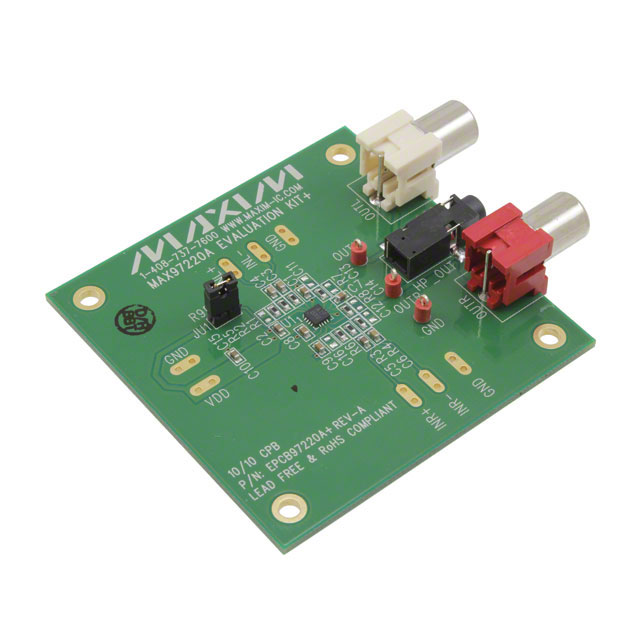
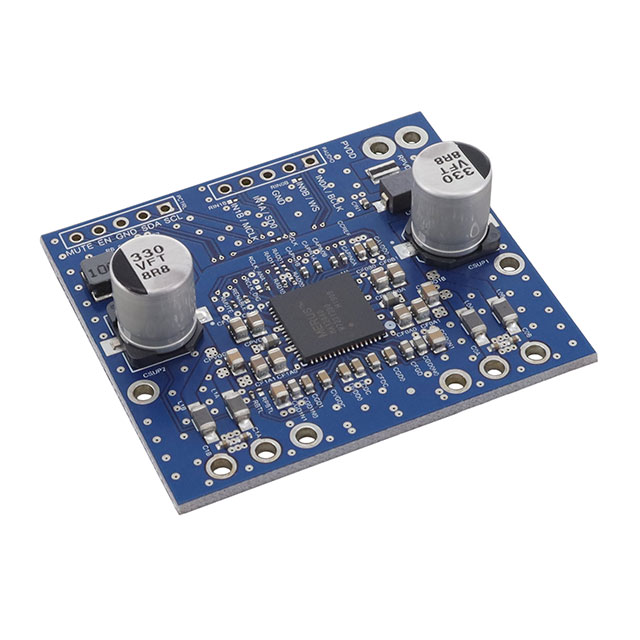
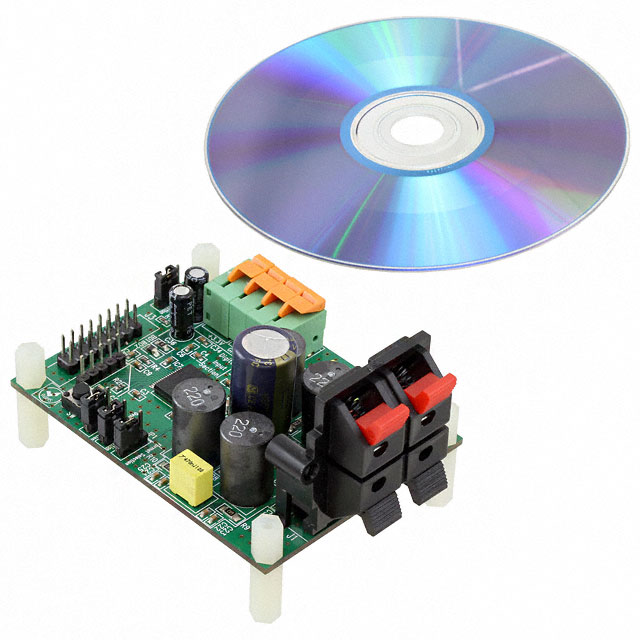

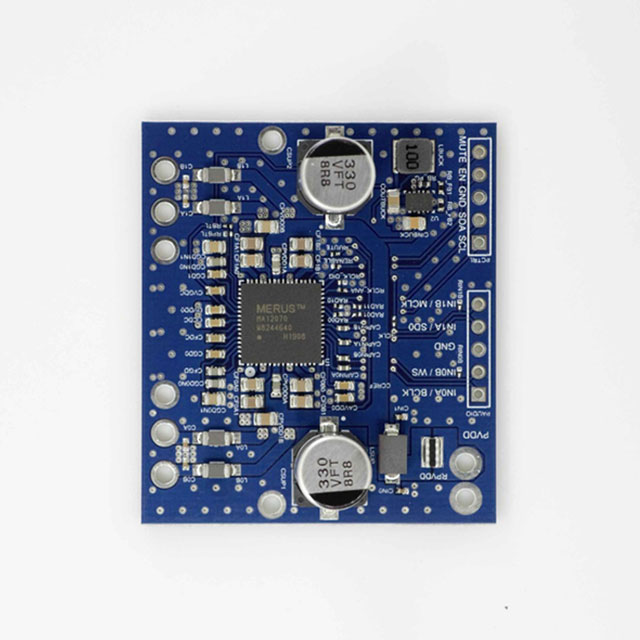
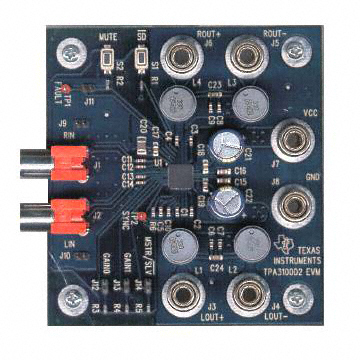
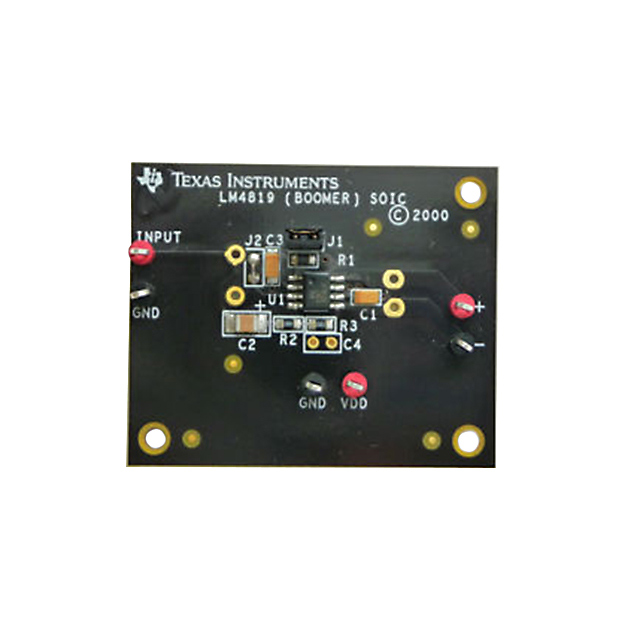
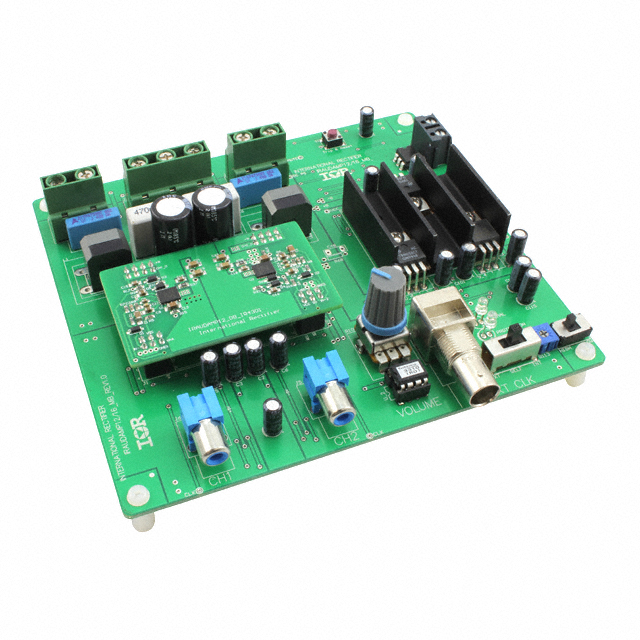


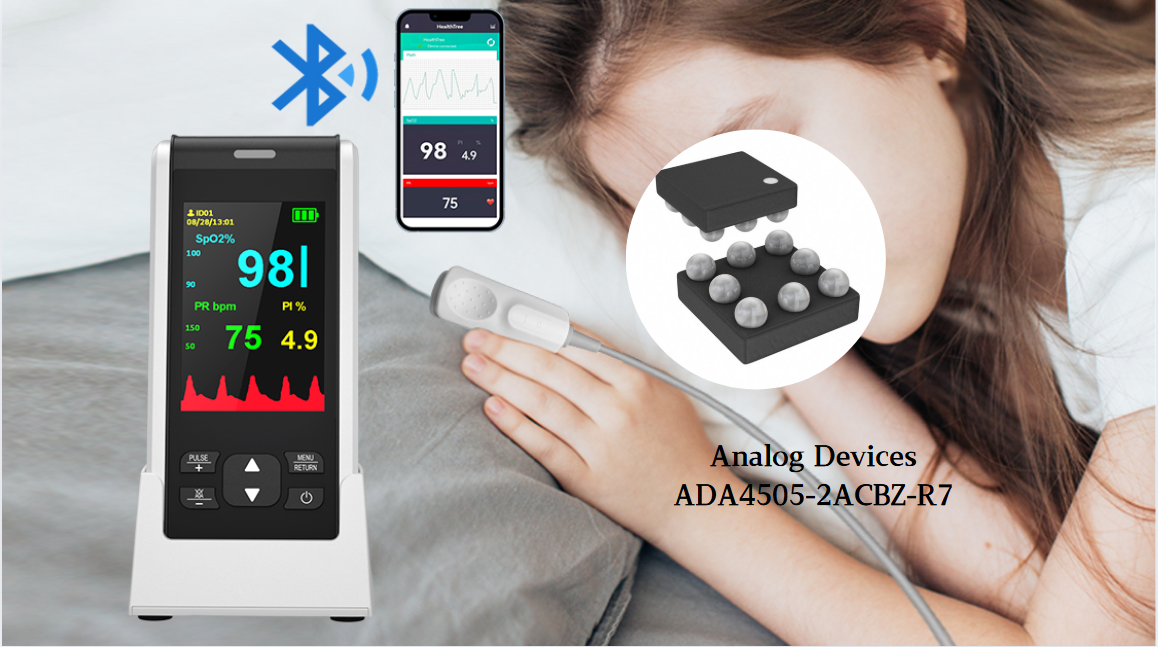


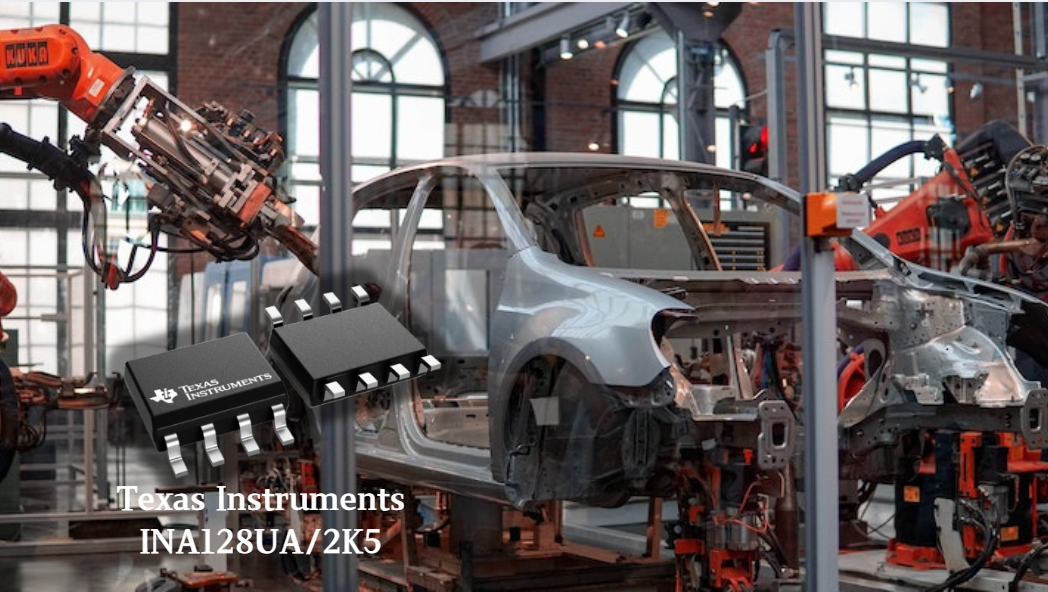
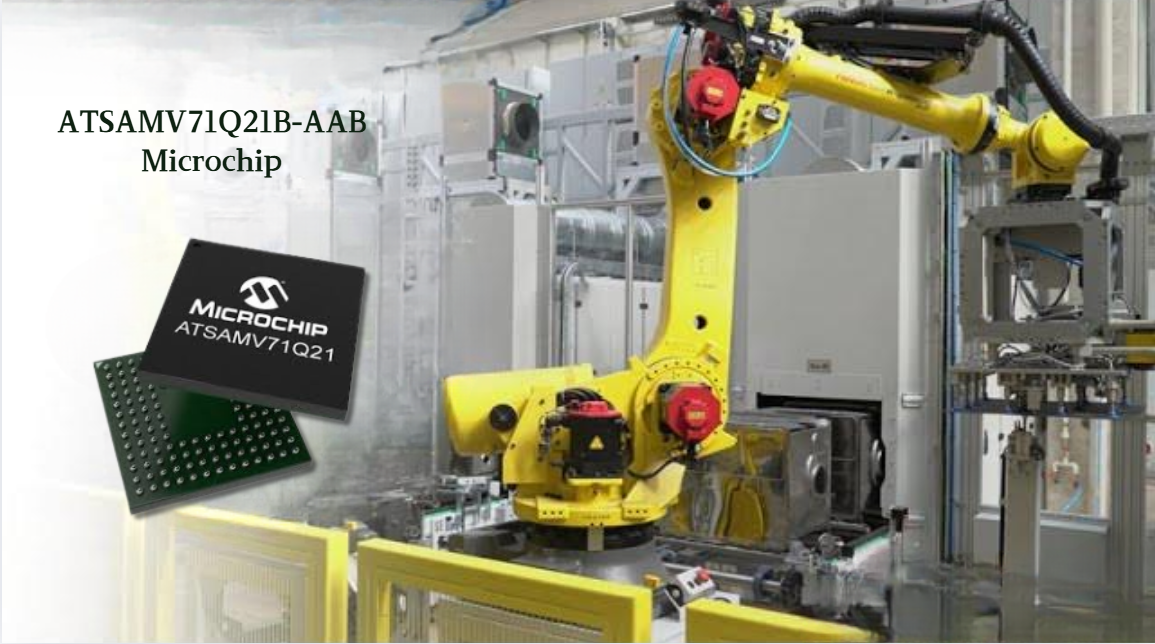
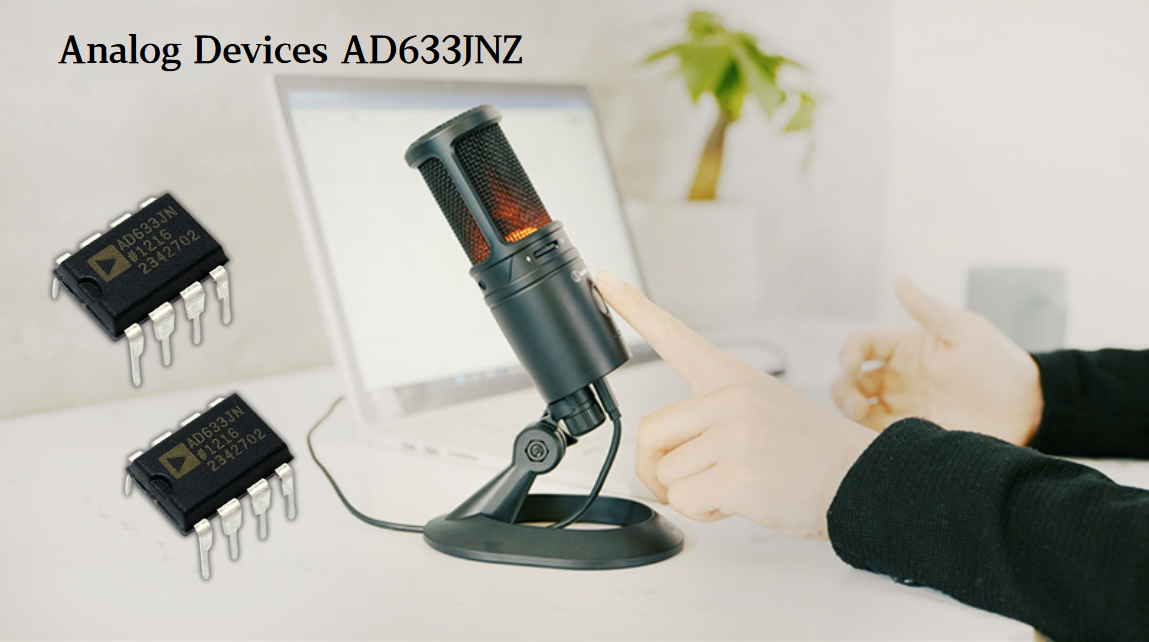
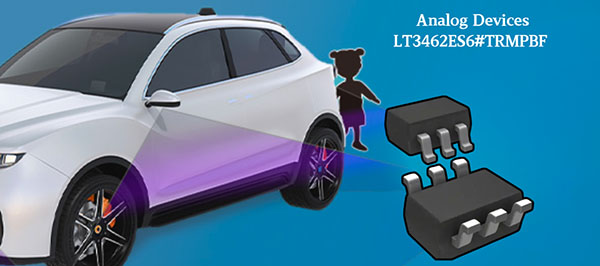


 Wishlist (0 Items)
Wishlist (0 Items)